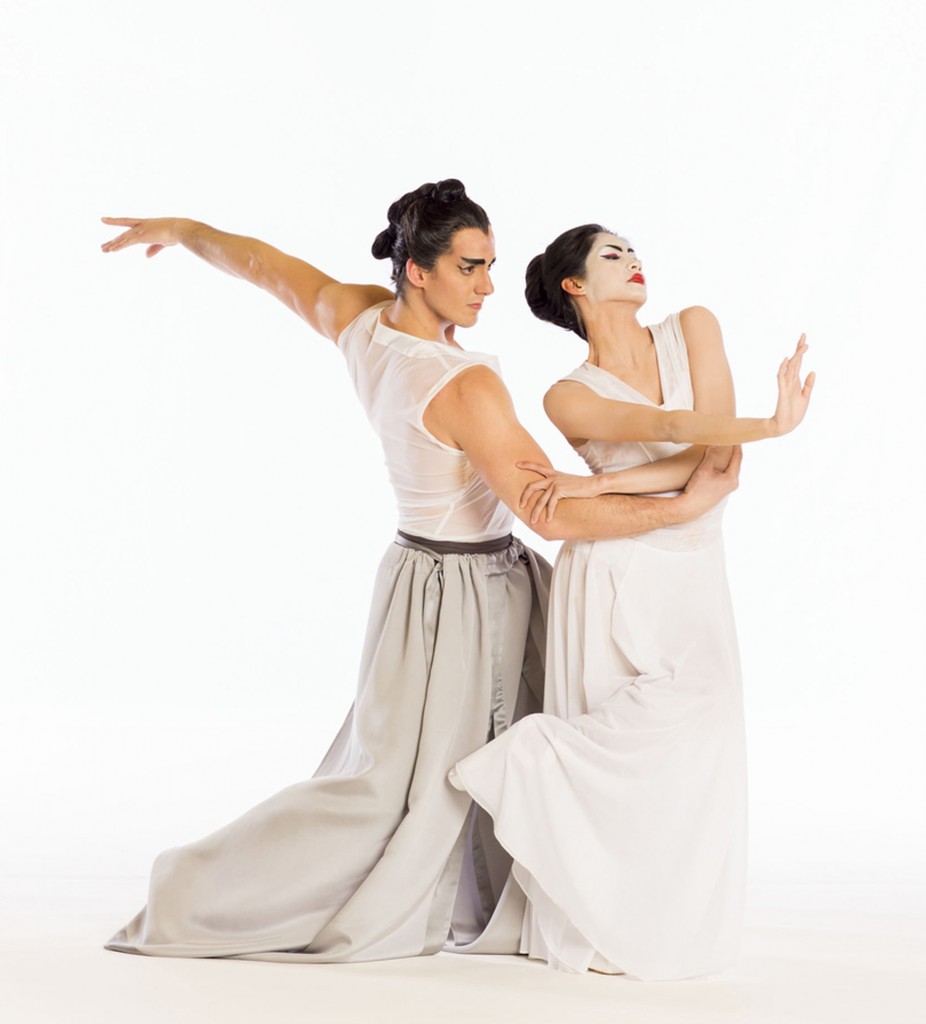
by Cara Marie Gary
I began taking pointe classes when I was eight years old. I still have my first pair of Leo’s pointe shoes. They’re so small and narrow I don’t think I could fit my first toe and bunion inside them now! One of my ballet instructors, Anita Pacylowski-Justo, helped me transition to the shoe she wore as a dancer. Every since trying on her Bloch Serenade, my foot “fell in love” with this shoe.

I’ve tried to experiment with other brands like Chacott, Russian Pointe, Gaynor Minden, Sansha, Freed, and Capezio, but I always keep coming back to Bloch Serenade (Style: SO131L Width:D Size:2). I like this shoe because it has a wide, square platform which is good for my peasant foot (meaning that my toes are similar in length). I also like that the shank is strong enough to prevent my foot from going too far over pointe. [Read more…]










